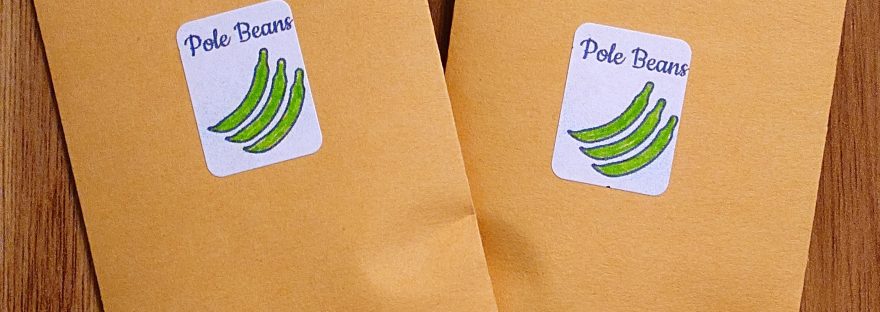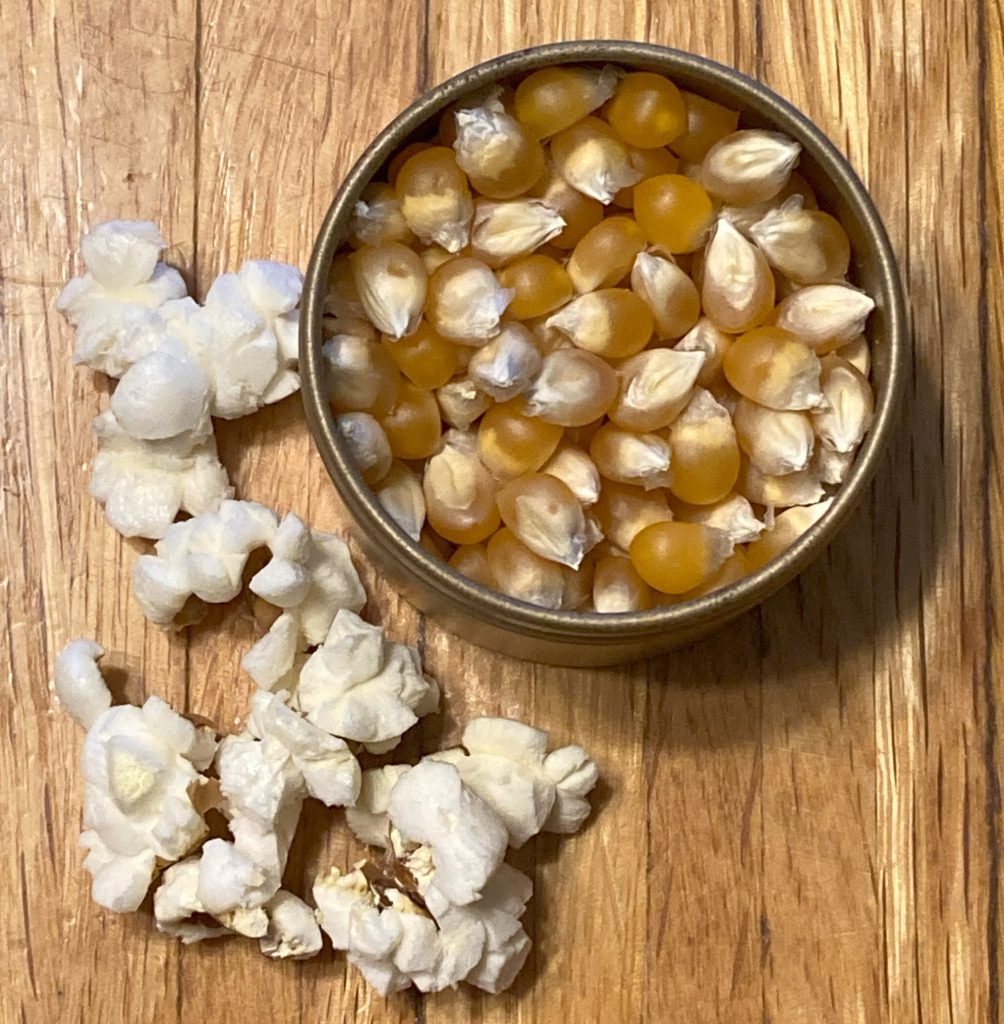A few years ago my neighbour, a fellow gardening-enthusiast, gave me some bean seeds. She told me that they grew a kind of pole bean that tasted better than a typical pole bean. She had grown and saved seeds from these beans for years, and she called them “ugly beans”.
These beans are now the only kind of pole bean that I grow, year after year. We eat tons of the large flat pods, steamed and then tossed in butter and salt. When we’re a little sick of beans (or, sick of the kids complaining that we’re having beans with every supper!), we dice and pickle them in a simple refrigerator brine. Then, we let the pods mature and the beans plump into navy seeds, to save for next year (with leftovers for winter chili).
Gardening gifts, the gifts that keep giving and multiplying, are one of my favourite social interactions. A few years ago a friend gave me a squash, and when we ate the squash I saved some seeds to plant the next year. In retrospect, ONE plant would have been plenty, and our freezer still has some of that subsequent harvest to prove the point. But, I still have the seeds, and as soon as I find some inspiring new squash recipes I’ll be starting too many squash plants again, more connected to those little seedlings because of their origin story.
Saving seeds, too, helps to preserve seed biodiversity. As many seed companies over the last century or so have concentrated on quality seeds over quantity, many varieties of fruits and vegetables have disappeared. (See this article for some staggering statistics!) Most grocery stores carry an even narrower collection. There are hundreds of varieties of edible bananas in the world, but my kids’ alphabet books only show the standard Cavendish kind. In this way, trying to grow and save the heritage of different plants feels a bit like preserving a culture – and then passing it on.
When I started saving seeds for holiday cards, my thinking on the subject was much more superficial and my emotional connection to seed saving was much less developed. It started as a fun novelty, and a little interactive gift to send across the country – and it still is that, I still like saving and sharing seeds for the same reasons. But, this year, I decided to choose seeds that may or may not be available through a seed catalogue, and that were the descendants of someone else’s gift to me. It doesn’t have to be sentimental, but for those of us who like a little sentimentality as winter settles in, there it is. I still call them “ugly beans”, but they feel pretty darn beautiful.
Planting instructions:
If direct sowing, wait until the soil has warmed so the seeds don’t rot (10C overnight). Plant next to a tall trellis or fence – they will climb up to 10ft tall. They love sunshine, and like to be generously watered but need free-draining soil to keep from rotting.
Avoid planting onions, leeks or garlic nearby.
Harvest beans when the pods are green and flat, just before or just as the seeds start to bulge. Harvesting early and often will increase your yield.
If left, the pods will mature and start to yellow as the bean seeds will turn from green to a dark navy. They can be removed from the pods and saved for next year, or cooked and eaten like any culinary dried/mature bean seed.


